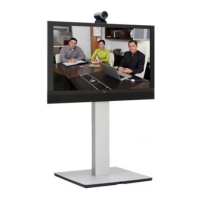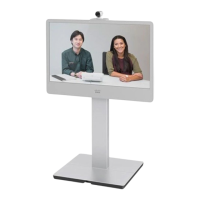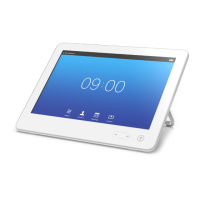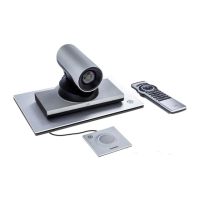D15335.02 Cisco TelePresence MX700 and MX800 API Reference Guide CE8.0, FEBRUARY 2016.
Copyright © 2016 Cisco Systems, Inc. All rights reserved. 2
Cisco TelePresence MX700 and MX800
API Reference Guide
Table of Contents
Introduction ..........................................................................4
About this guide
...................................................................... 5
User documentation .............................................................5
What’s new in this version ......................................................6
Software release notes ........................................................6
New features and improvements .........................................6
System configuration changes ............................................. 7
System command changes..................................................8
System status changes ........................................................ 9
About the API
......................................................................10
API fundamentals
.................................................................. 11
Connecting to the API ........................................................ 11
Password ........................................................................... 11
RS-232/serial connection .................................................. 11
Telnet .................................................................................. 11
SSH .................................................................................... 11
HTTP/HTTPS ...................................................................... 11
Ethernet port ...................................................................... 11
API output
............................................................................. 12
The output modes .............................................................. 12
Using the command line
....................................................... 13
API commands ...................................................................13
Other commands ...............................................................13
Command line shortcuts ....................................................13
Searching ...........................................................................14
Value types and formats ....................................................14
Commands
...........................................................................15
Configurations
......................................................................16
Status
.................................................................................... 17
Events
...................................................................................18
Feedback mechanism...........................................................19
Feedback expressions
.......................................................19
Terminal connections .........................................................20
Using HTTP
........................................................................... 21
Getting status and configurations ...................................... 21
Sending commands and configurations............................. 21
Using HTTP POST .............................................................. 21
Feedback from codec over HTTP
........................................22
Registering for feedback ....................................................22
Translating from terminal mode to XML..............................23
Dos and don’ts
......................................................................24
xConfiguration commands
..................................................25
xCommand commands
....................................................... 83
xStatus commands
........................................................... 139
Appendices.......................................................................223
Startup scripts
....................................................................224
The SystemTools commands
..............................................225
Disconnect cause types
..................................................... 227
What’s in this guide?
The top menu bar and the entries in the table of contents are
all hyperlinks, just click on them to go to the topic.
We recommend you visit our web site regularly for updated
versions of the user documentation.
Go to:http://www.cisco.com/go/mx-docs
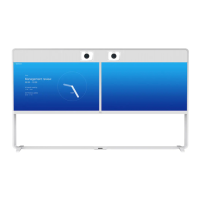
